The small team of craftsmen work hard to deliver "a piece of happiness" to people from all over the world that appreciate their beautiful craftsmanship. They hope you enjoy their craft with every meal or drink!
Mino Ware from Gifu
The center of Mino production, ‘Gifu’, lies in the center of Japan, with incredibly beautiful natural scenes; surrounded by low mountains on all sides and the clear ‘Tokigawa River’ flowing through. Resulting in an abundance of clay supplies, allowing the crafting of several traditional artworks to flourish.

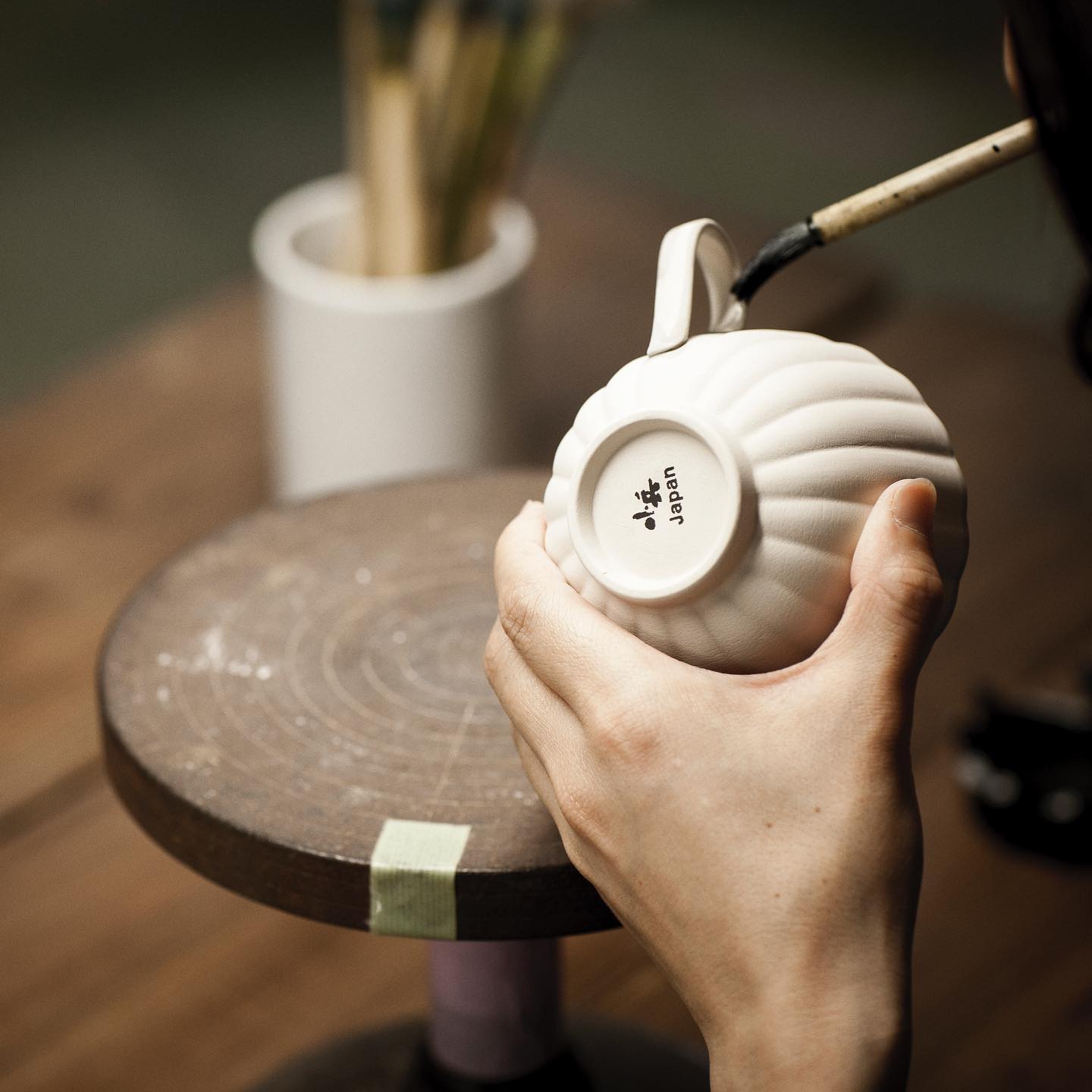
‘Mino work’ was introduced by a Korean Buddhist priest over 1300 years ago as an earthenware product, but only properly started to develop during the Heian period (794-1185). Emperor Daigo (885-930) marked Mino as a tributary province, responsible for creating ceramic tributes to Daimyo (feudal lords). Over time, more and more potters arrived in the city to practice the art and their skills were valued so highly, they even received protection from big warlords, such as ‘Oda Nobunaga’. With the arrival of tea masters from Kyoto, famous master ‘Sen no Rikyu’ introduced his ‘perfect way of the tea’, which influenced not only Mino ware, but several art styles from that time. When the country entered a period of growth and change during the Edo era (1603-1868), Mino ware started to evolve into everyday products that became available to the general public. By this time, porcelain product methods had been introduced from the Kyushu region in Southern Japan, and Mino started to focus their mostly earthenware based production to porcelain. The Meiji era (1868–1912) initiated the start of mass-producing industries, which further pushed the Mino ware porcelain products and made them even more widely available. Mino Ware, including 15 different variations, was officially labeled a traditional Japanese craft in 1988. Nowadays, there is an extremely wide range of varieties, amongst which the porcelain products that account of about 50% of the national production.
KANEKO KOHYO
Kaneko Kohyo Pottery was established in 1921, in the city of Toki – the centre of production of traditional Mino craft in Gifu. Based on ancient techniques and local know-how, the team of 20 employees creates traditional products designed to suit both traditional and modern Western lifestyles. The workplace is now led by the 3rd generation, with support of his son who will take over the business in the future.
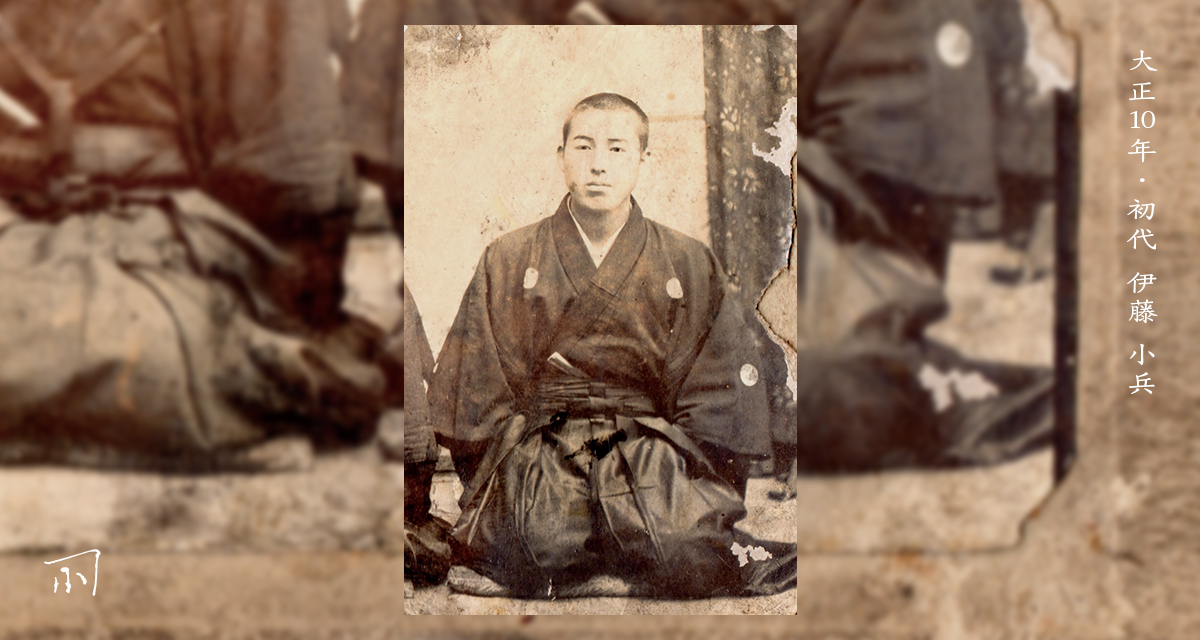
Founder

2nd generation
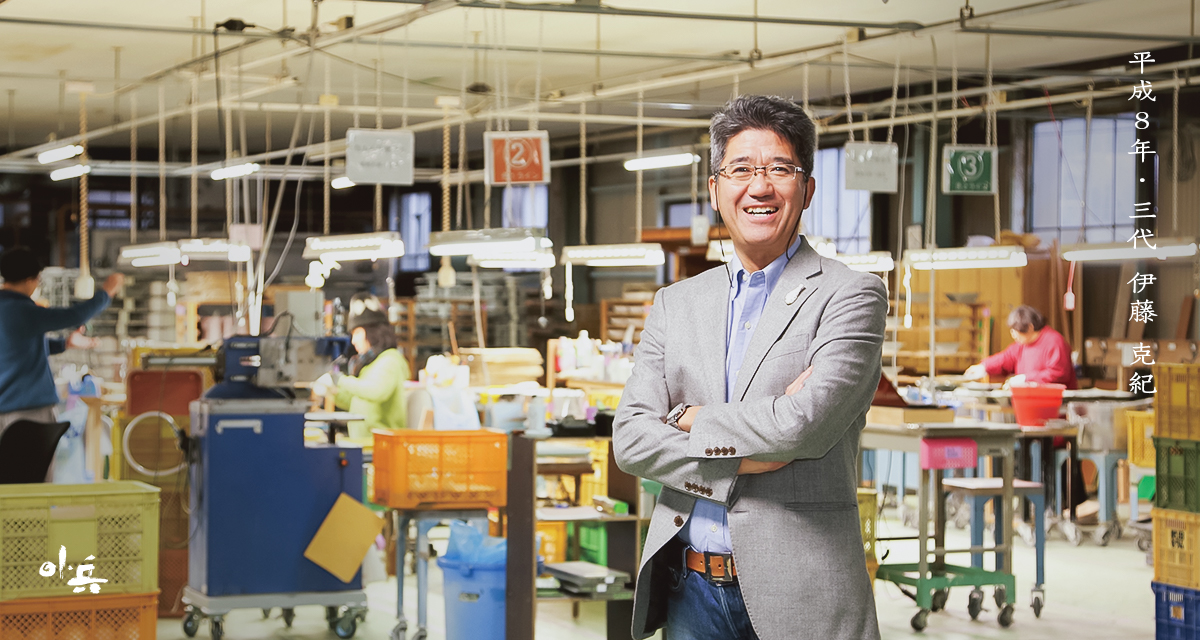
3rd generation
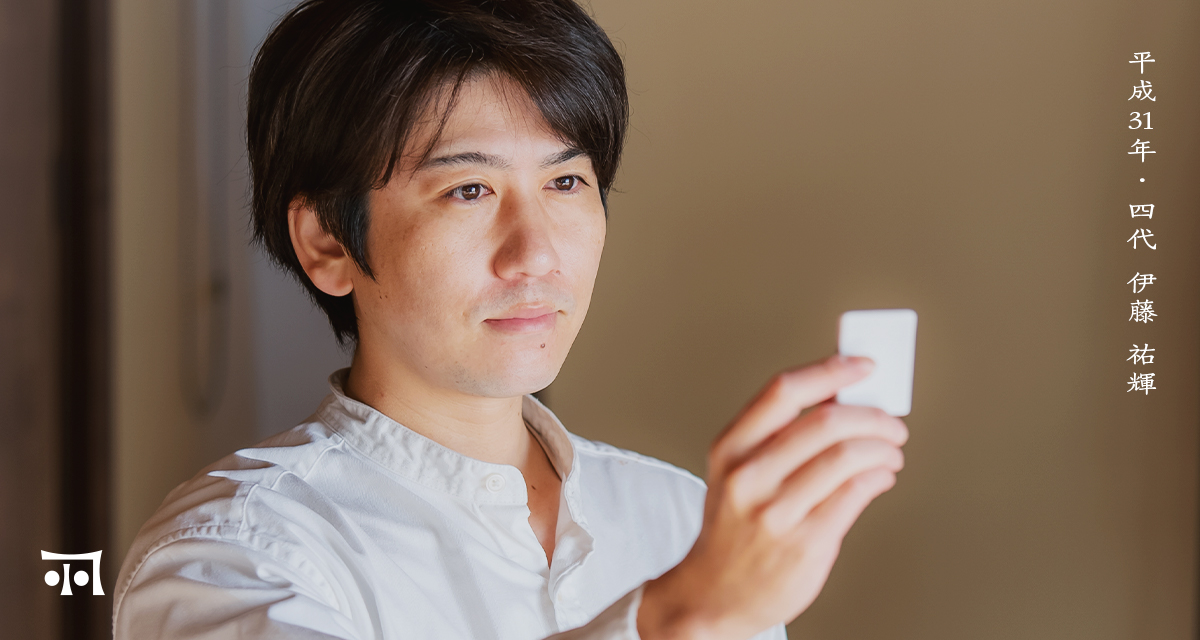
4th generation
For a long time, Kaneko produced porcelain sake bottles, and in 1970 they even were one of Japan’s leading sake bottle makers. As drinking habits evolved in the 90s and people substituted sake with wine and other ‘modern’ beverages, the sake bottle industry dimished and they decided to adapt to this change in order to survive. Because of this history, their sake collection today is still of high quality and exceptional beauty.
They decided to try and achieve a lacquer-look by experimenting with different materials and production styles. This desire took years of planning and experimenting with different materials, temperatures and production methods. They started testing these methods in 2006 and it took them 3 years of countless experimenting before their technique became faultless. President Ito highly praises his craftsmen, without who’s dedication, effort and expertise, it would not have become a success. In 2009, their lacquer-like glaze was completed and they had designed their popular chrysanthemum pattern, which does not only enhance the materials beauty best, but is also the national Japanese seal.
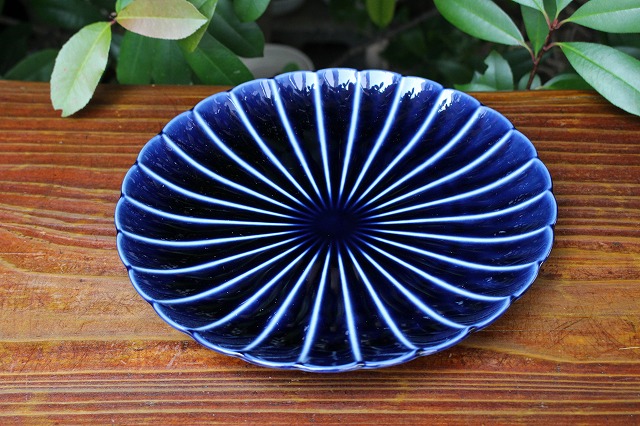
The products come in navy blue, representing Japan’s old indigo dyes, ‘rikyu green, based on traditional Mino ware, and lacquer brown, recalling a deep and stoic feeling from their pottery background. The line-up received a lot international media coverage and has been much-celebrated ever since. They are now even displayed and sold in a number of cafes, restaurants and luxury shops in Paris.
President Ito named the new line “Giyaman Pottery”, with ‘Giyaman’ being an old way of saying ‘glass’ or ‘diamond’. During the Edo period (1603 – 1868) people were not used to seeing glass, as it was a new material from abroad, they therefore used the same word as diamond. Ito explains he wanted to make people recall the same precious feeling upon seeing their special collection.
The Robust style of Rinka, the warm colors of Earth, the impressive glaze of Giyaman and the classic look on Conran - whichever collection you choose, you will be able to enjoy the beauty of authenthic Mino ware at home.












